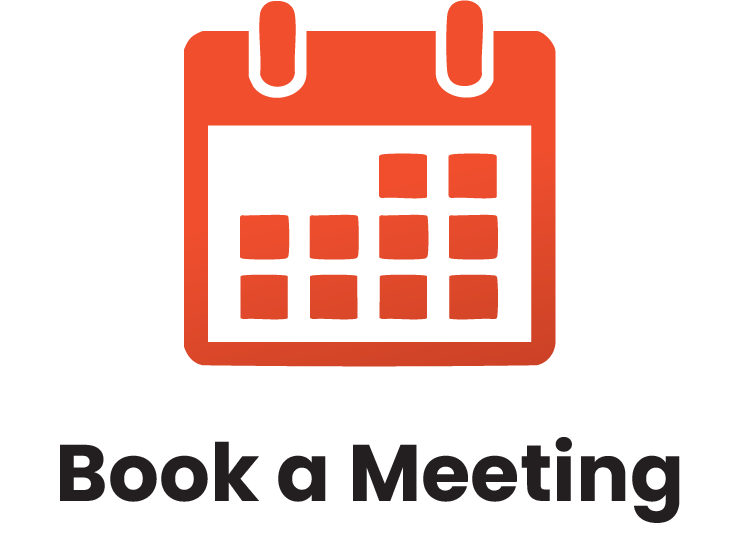Interactive training sessions led by experienced facilitators.
What is In-Person, Instructor-Led Training?
Our in-person training is delivered by a live facilitator who works directly with your team at your location. It’s our most popular format because it allows for real-time interaction, hands-on learning, and direct support.
Every session is tailored to your team’s specific goals, industry, and challenges—no generic, one-size-fits-all programs. Whether it’s a single session or a full training series, we design the experience to be relevant, practical, and fully aligned with your needs.
What is Live Webinar Training?
Live webinars are facilitator-led training sessions delivered online in real time. They’re ideal for teams working in different locations or with busy schedules.
This format offers shorter, more frequent sessions that are easy to coordinate—making it a convenient option for organizations with remote or distributed teams.
What is Virtual Classroom Training?
Virtual Classroom training is live, instructor-led training delivered online. It offers the same interactive experience as in-person sessions, with real-time discussions, group activities, and instructor feedback.
It’s a flexible option for organizations that want to reduce travel, save costs, or better fit training into busy schedules.
What is a Lunch & Learn Session?
Lunch & Learn sessions are short, facilitator-led training sessions delivered in person or online—typically during the lunch hour. They focus on specific topics or skills and offer a quick, engaging way to learn without a full-day commitment.
These sessions can be offered as one-time events or as part of a series, making them a great option for ongoing, bite-sized learning.
Online Learning
Enjoy our self-paced option and learn from anywhere!
$199.00 USD
English as a Second Language: A Workplace Communications Primer
“A different language is a different vision of life,” said the Italian filmmaker Federico Fellini. Employees who use English as a second language demonstrate great commitment and skill in learning a language other than their native tongue. There are subtle differences between languages because of social influences and workplace demands that can create or strengthen the language barrier for employees who have learned a language other than English in their formative years. That barrier is an obstacle for both employer and employee, severing what could be productive relationships with co-workers and clients.
This course will identify any gaps in communication as the result of cultural language differences, and provide exercises to help connect those gaps. This course is written for employees with intermediate competency in English as their second language. Exercises will explore the four main categories of communication: Speaking, Listening, Reading and Writing.
What Will Be Covered
LEARNING OBJECTIVES
Learning Objectives
After you complete this course, you will be able to:
- Acknowledge existing skills in the areas of Speaking, Listening, Reading and Writing
- Recognize gaps in skills compared to workplace communication needs
- Understand cultural and workplace influences on communication and how to function within them
- Learn and practise effective skills for oral and written communication, including technical forms such as email and videoconferencing
- Develop an individual Action Plan for continued skill reinforcement and growth


A Deeper Look
COURSE OUTLINE
A breakdown of each session included in this course.
Session 1: Course Overview
- Learning Objectives
- Pre-Assignment
- Pre-Course Assessment
Session 2: Self Awareness – Skills of Self and Others
- Skills, Influences and Environment
Session 3: Words and Positive Workplace Culture
- Language in the Workplace
- The Tone of the Message
- Reflective Journal
Session 4: Productive Conversations
- Productive Conversations
- Defining Emotional Intelligence
- Productive Word Choices
Session 5: Telephone/Videoconferencing Review
- Telephone/Videoconferencing
- Telephone
- Videoconferencing
Session 6: Wordsmith’s Toolbox
- Bones of Good Writing
- Parts of Speech
- From Words to Sentences
- Punctuation
- Grammar Guidelines
Session 7: Putting Words to Work
- Good Communications
- Ingredients of an Effective Email
- Ingredients of a Good Proposal
- Selling your Brand and Ideas
Session 8: Individual Action Planning
- Setting your Intention
- Building Your Plan
- Building Your Team
- Decision Wheel Method
A Personal Action Plan
- Starting Point
- Where I Want to Go
- How I Will Get There
Course SummaryRecommended Reading ListPost-Course Assessment













